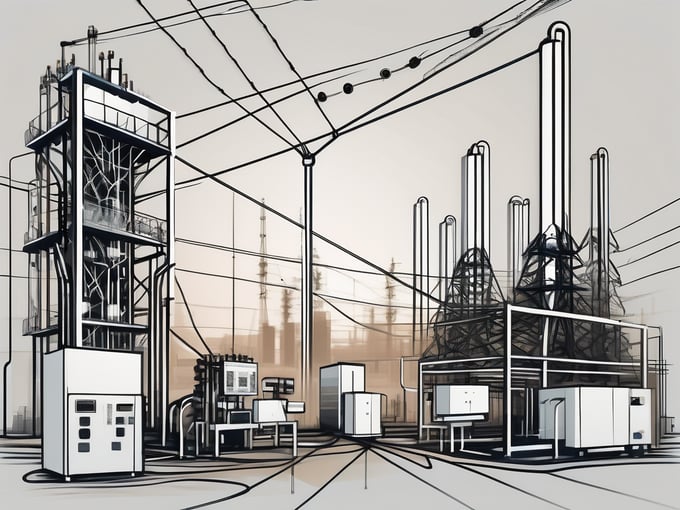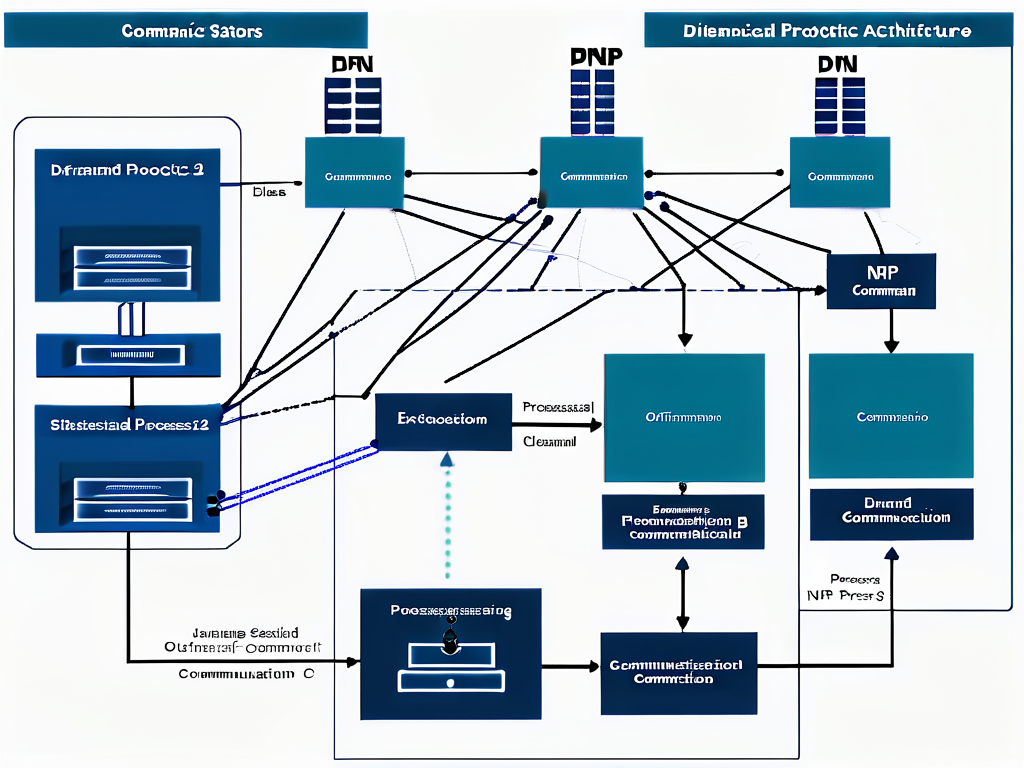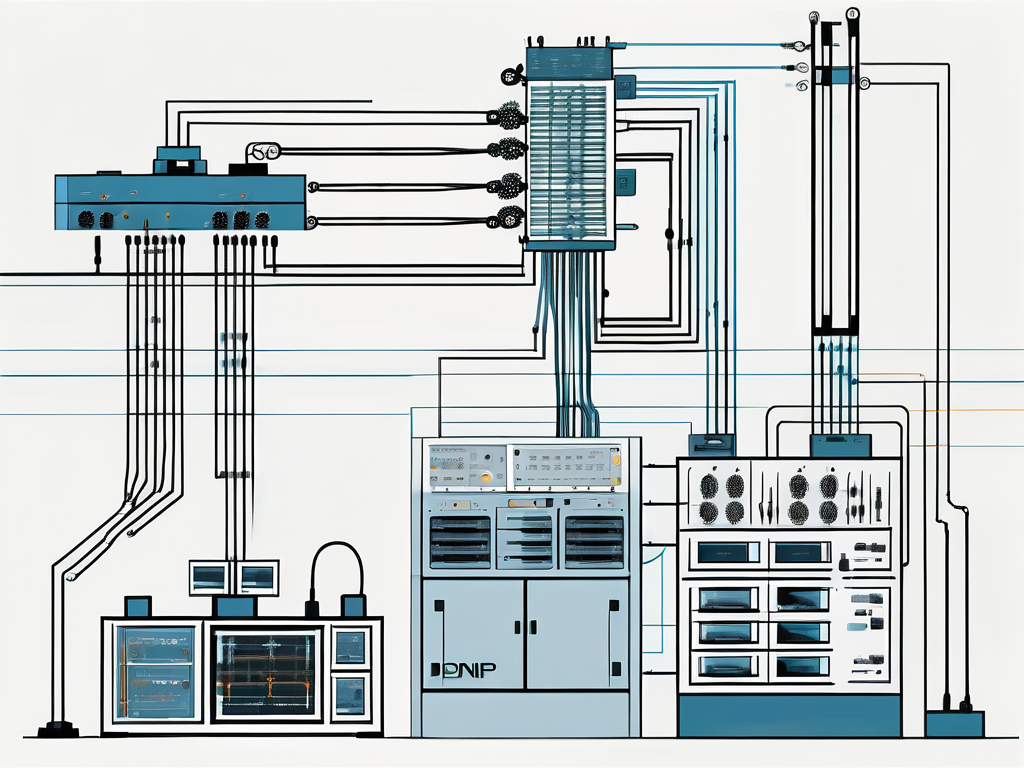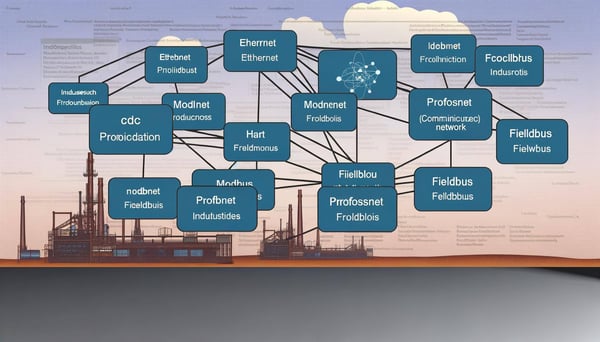
Fundamentals of DNP3 – Distributed Network Protocol
In the world of industrial communication protocols, DNP3 (Distributed Network Protocol) stands out as a robust and reliable choice for utilities and industries alike. This protocol, originally developed for the utilities industry, has found its place in various other sectors due to its inherent advantages in terms of data integrity, interoperability, and scalability. In this comprehensive guide, we will delve deep into the fundamentals of DNP3, its architecture, benefits, and applications.
Understanding DNP3: An Overview
The Distributed Network Protocol, commonly referred to as DNP3, is a set of communication protocols used between components in process automation systems. It is an open, standards-based protocol that allows for interoperability among different vendors' equipment. DNP3 was originally designed to optimize data transmission and ensure data integrity in electric and water utilities.
One of the key features of DNP3 is its ability to prioritize data transmission based on the importance of data. This ensures that critical data is transmitted and received in a timely manner, even in the event of network congestion or failure. Moreover, DNP3 supports multiple types of data, including binary, analog, and counter data, making it a versatile choice for various industrial applications.
The Architecture of DNP3
The architecture of DNP3 is based on a master/slave or client/server model. In this model, the DNP3 master (or client) initiates control commands or data requests to the DNP3 slave (or server). The slave, in turn, responds to these requests or executes the commands. This architecture allows for efficient and reliable data communication, even in large-scale industrial systems.

The DNP3 protocol uses a layered approach, similar to the OSI model, to facilitate communication between devices. These layers include the Physical layer, Data Link layer, and Application layer. Each layer plays a crucial role in ensuring the successful transmission and reception of data.
For instance, the Physical layer is responsible for the actual transmission of data over the communication medium. The Data Link layer ensures that the data is transmitted without errors and in the correct sequence. Lastly, the Application layer is where the actual control and monitoring functions are performed.
Benefits of Using DNP3
There are several benefits of using DNP3 in industrial communication systems. Firstly, DNP3 offers superior data integrity. It achieves this through mechanisms such as sequence numbers, time-stamping, and error-checking. This ensures that the data transmitted is accurate and reliable, which is critical in industrial applications where incorrect data can lead to operational inefficiencies or even safety issues.
Secondly, DNP3 supports interoperability. Being an open standard, it allows for seamless communication between devices from different manufacturers. This means that industries can choose equipment based on their specific needs and not be limited by compatibility issues.
Lastly, DNP3 is scalable. It can support systems ranging from small-scale applications with a few devices to large-scale industrial systems with thousands of devices. This makes DNP3 a cost-effective solution for industries of all sizes.
Applications of DNP3
DNP3 is widely used in various industrial sectors. Its primary application is in the utilities industry, where it is used for remote monitoring and control of substations, water treatment plants, and other utility facilities. DNP3 allows for real-time monitoring of these facilities, enabling quick response to any issues and ensuring the smooth operation of the utility services.

Moreover, DNP3 is also used in other industries such as oil and gas, transportation, and manufacturing. In these sectors, DNP3 is used for process control, asset management, and other automation tasks. The robustness and reliability of DNP3 make it an ideal choice for these critical applications.
In conclusion, DNP3 is a versatile and reliable protocol that offers numerous benefits for industrial communication systems. Its robust architecture, data integrity features, and scalability make it a preferred choice for industries worldwide. Whether you are a utility provider, a manufacturer, or a service provider, DNP3 can help you achieve efficient and reliable communication in your industrial systems.



